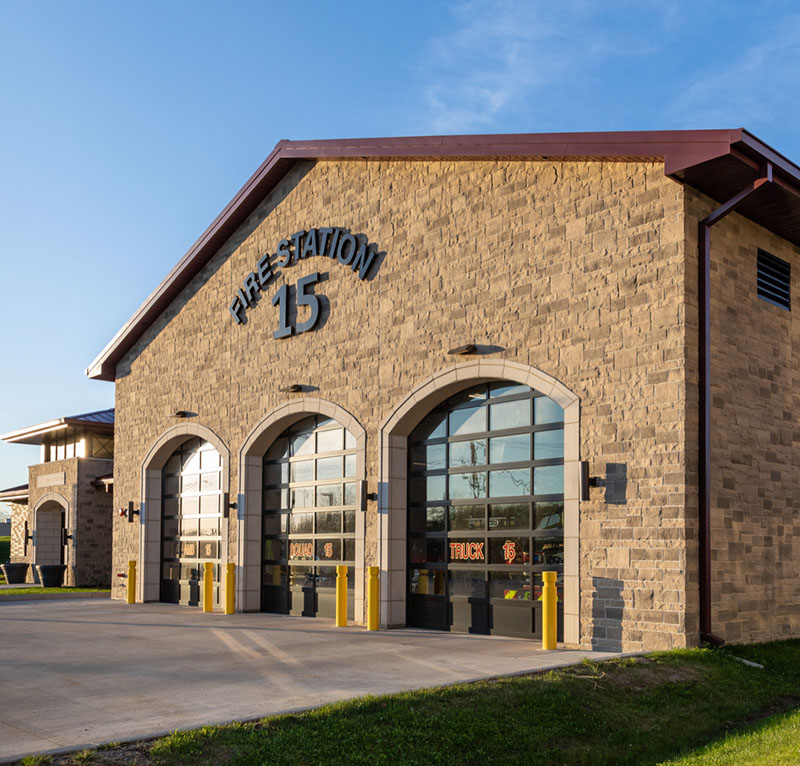
Waterford Stone and Cordova Stone Used for Rolling Meadows Fire Station
Echelon Waterford Stone™ and Cordova Stone™ Create Elegant Ageless Look for Rolling Meadows Fire Stations, Reflecting Honor-Pride-Tradition Read More
info
Project Location
Echelon Masonry products are manufactured regionally. For best results, enter the zip code where your project is located.
info
Project Location
Echelon Masonry products are manufactured regionally. For best results, enter the zip code where your project is located.

April 12, 2023
Echelon Waterford Stone™ and Cordova Stone™ Create Elegant Ageless Look for Rolling Meadows Fire Stations, Reflecting Honor-Pride-Tradition Read More
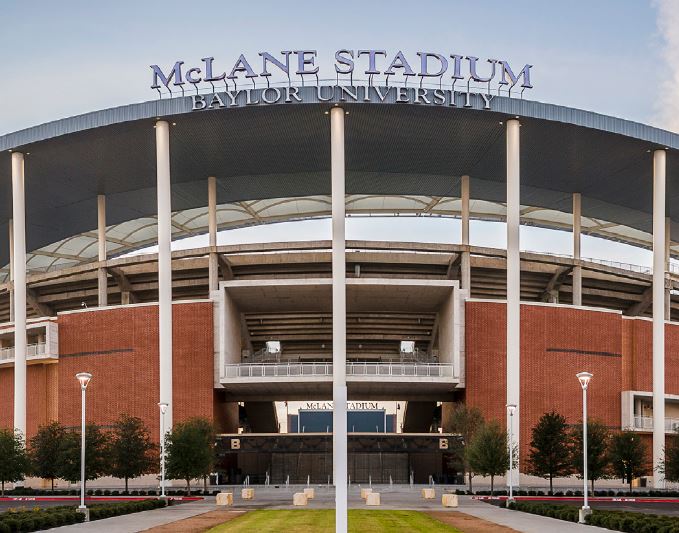
April 20, 2022
Echelon Masonry, Amerimix and Jewell Plays a Role in Construction of Iconic New Stadium at Baylor University Read More
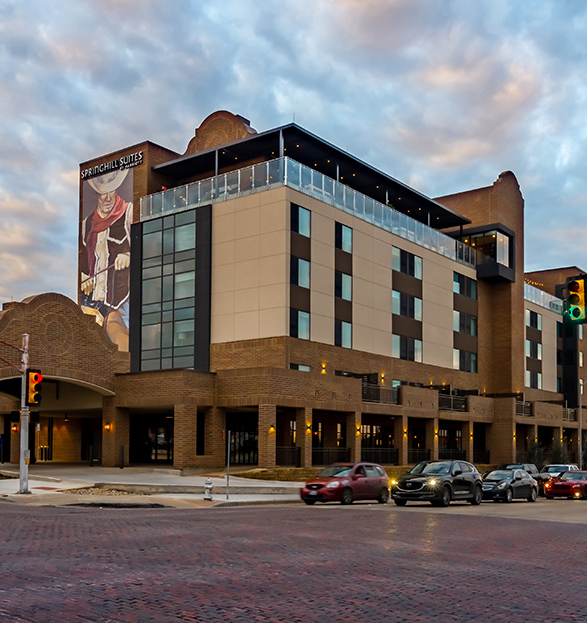
March 21, 2022
Cost Savings & Availability Make Concrete Masonry Ideal for Demanding Building Applications Read More
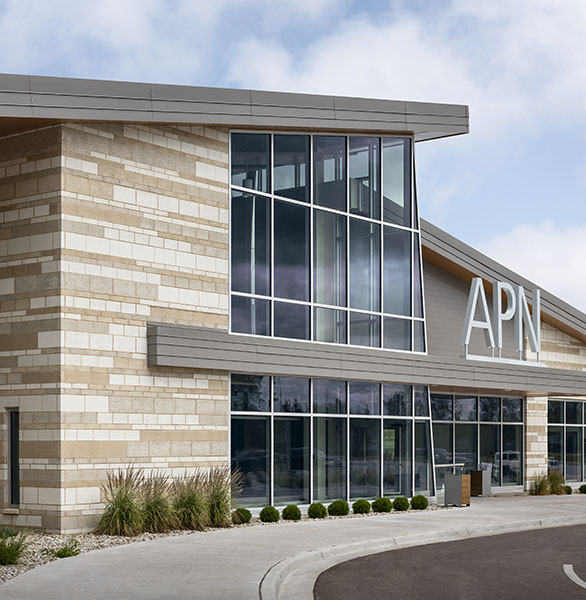
March 18, 2022
Contemporary pattern of masonry tones, shapes and textures pay tribute to local culture Alpena Regional Airport. Read More
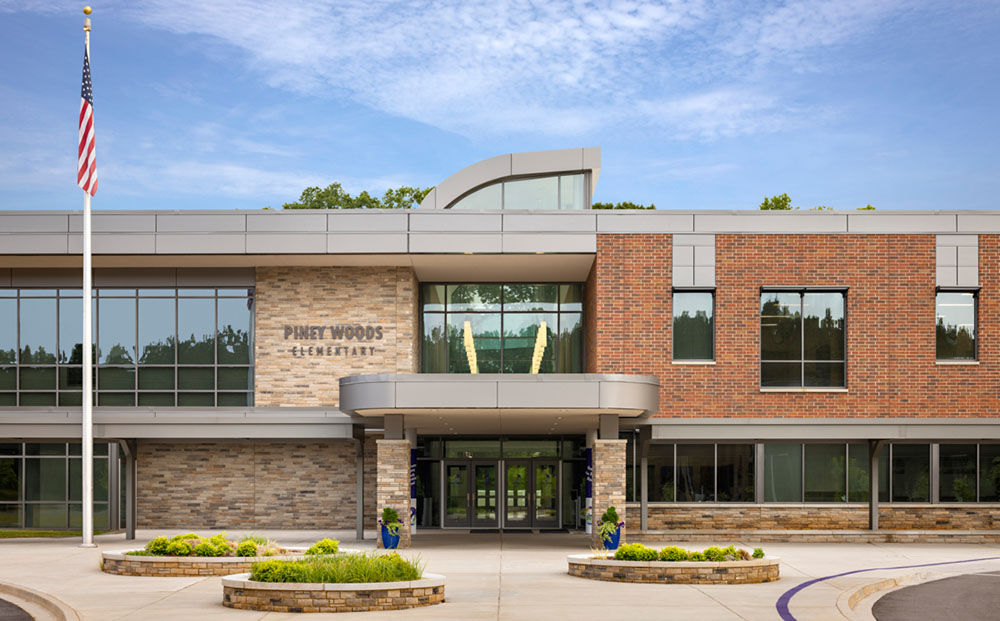
March 18, 2022
Piney Woods Elementary School, located in Chapin, South Carolina, is the newest addition to the Lexington-Richland School District. Read More
Get the latest news and information from Echelon by signing up to receive our monthly newsletter.
Echelon Masonry products are manufactured regionally in order to deliver the best prices and lead times.
Please enter your project ZIP code to view the products and colors available in your region.